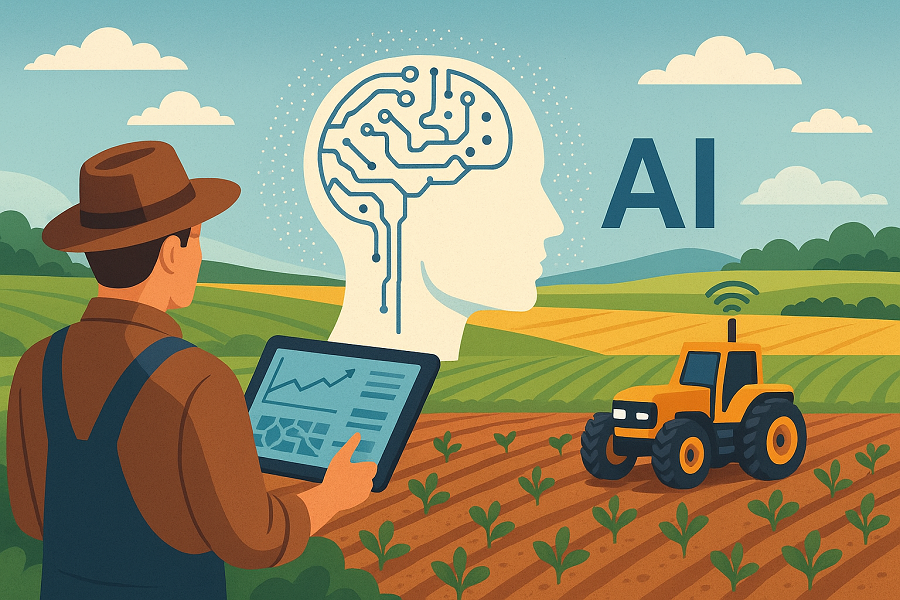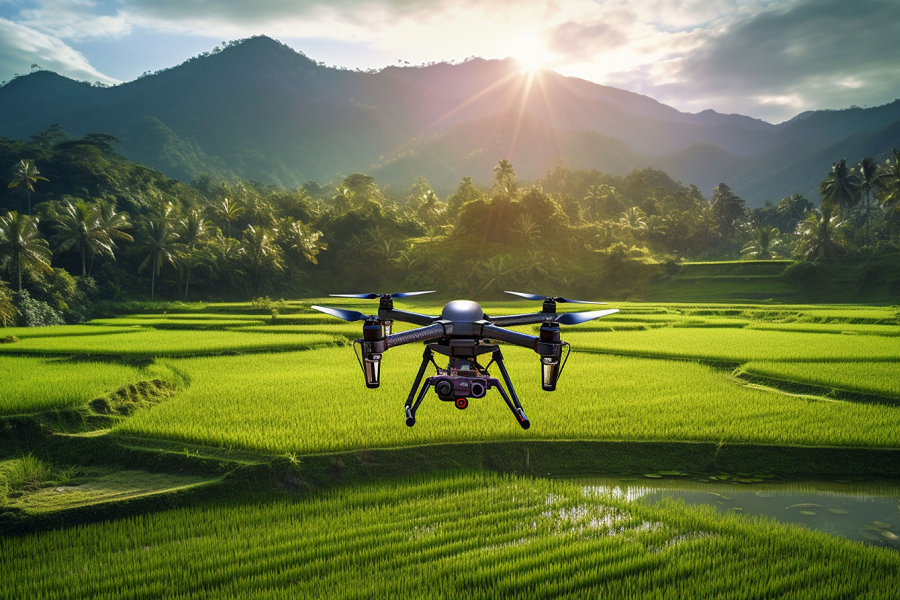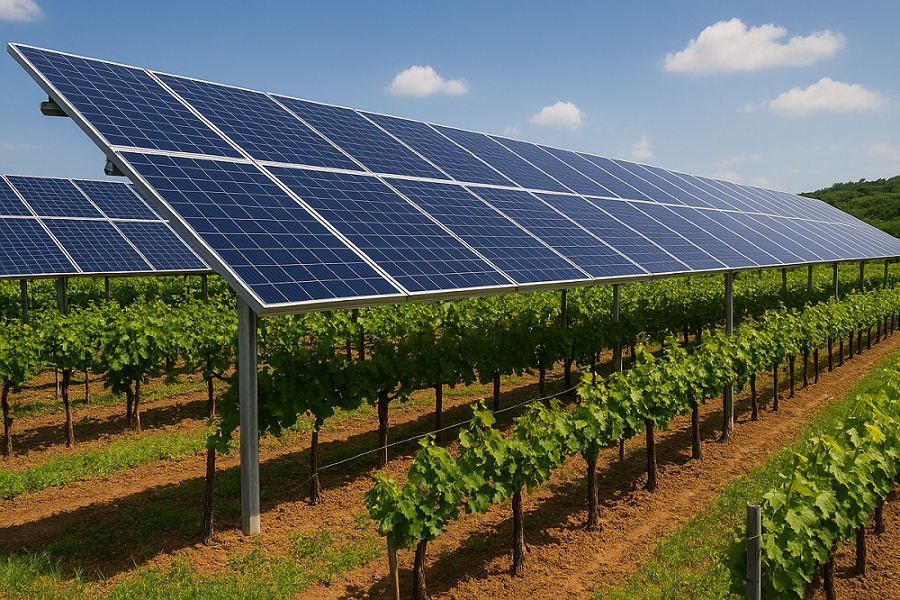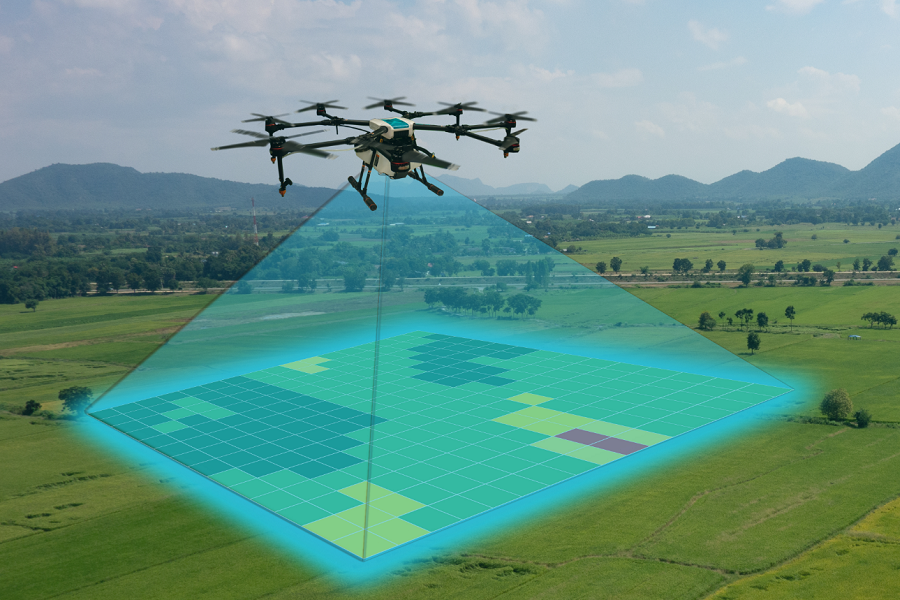by Antonio Donnangelo
Share
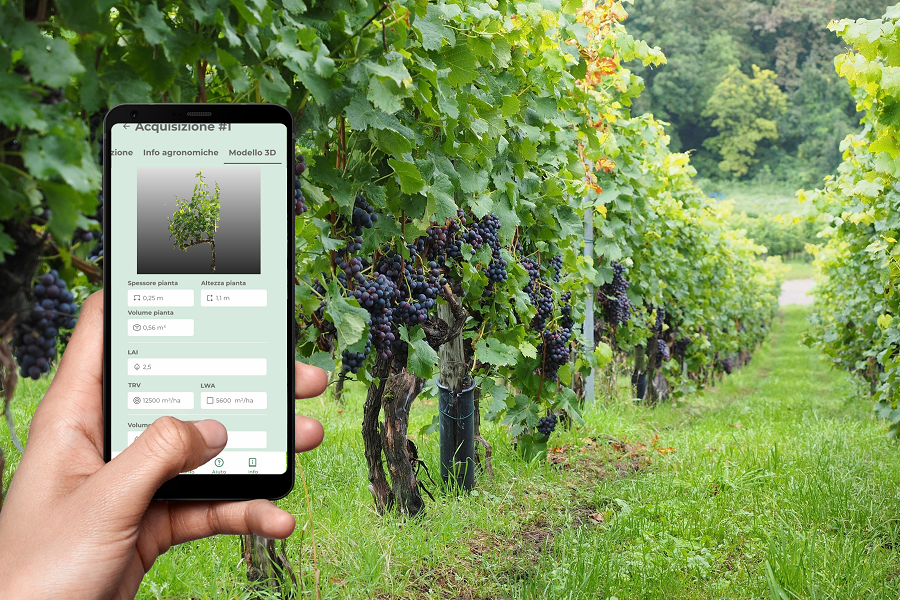
Introduction
iVine is a two-year project (2023-2024), funded by the RDP Tuscany Region 2014-2020 – submeasure 16.2, which aims at testing, validating and testing of a DSS app for mobile devices for the rationalization of vineyard management and for the optimization and reduction of the use of pesticides, in order to reduce environmental impact, safeguard the health of workers and rural populations, and reduce management costs for farms.
The project is led by Agrobit, with the participation of the University of Florence (DAGRI), the Institute for BioEconomy of the National Research Council (CNR-IBE), CIA (Agricoltori Italiani Toscana), Mulini di Segalari (Bolgheri winery), Felsina (Chianti Classico winery) and the regional Demo Farm Tenuta di Cesa.
Objectives of the project
The objectives of the project can be summarized as follows:
1.
Validate
a DSS app for mobile devices that can support the agronomist/agricultural entrepreneur in the rapid and objective assessment of the development of the aerial apparatus of tree crops, particularly grapevines, for the optimization of canopy management interventions and distribution of agronomic inputs, such as phytopharmaceuticals but also foliar fertilizers and water
2.
Monitor
the effectiveness of treatments, the consumption of pesticides and water evidenced by the use of the app, and the costs required at the different stages to achieve the established goals;
3.
Evaluate
the cost-effectiveness efficiency and environmental and economic impact produced by the use of app and optimized distribution of pesticides, compared with traditional management wineries of different farm sizes and in different regional vineyard areas.
How the iAgro app works
The iAgro app, installed on a smartphone, allows the operator to perform a 3D scan of the plant under investigation automatically, quickly and easily. During this process, the app uses the smartphone’s camera and augmented reality (AR) algorithms to capture all the necessary information, while also taking advantage of the smartphone’s built-in motion and position sensors. These sensors allow the app to record changes in the position and orientation of the device as it scans. In addition, the app geo-references all the acquired information, that is, it associates the sensed data with the location of each plant. Once the acquisition is finished, thanks to artificial intelligence (AI) and computer vision (CV) algorithms, the app automatically returns canopy biometrics (thickness, height, volume, LAI) and generalized vineyard parameters (LWA, TRV) (Fig. 1). This information is then used automatically to generate prescription maps to optimize phytosanitary treatments, reducing environmental impact, safeguarding people’s health and improving the economic sustainability of wineries.
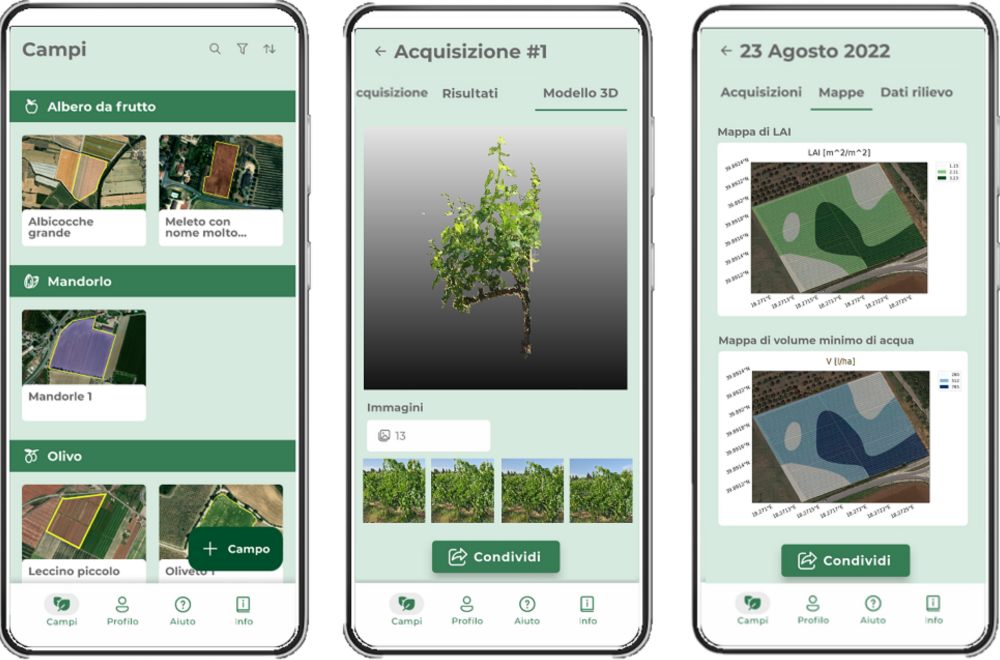
Fig.1: shermate of the iAgro app, tested and validated within the iVine project.
Field surveys
Once the test vineyards were identified, the vineyard was divided into 2 equal areas in which to perform monitoring (Fig.2). In one plot, the farm’s traditional fixed-rate phytosanitary treatments were carried out; in the other, variable-rate treatments were carried out, as suggested by the iAgro app.
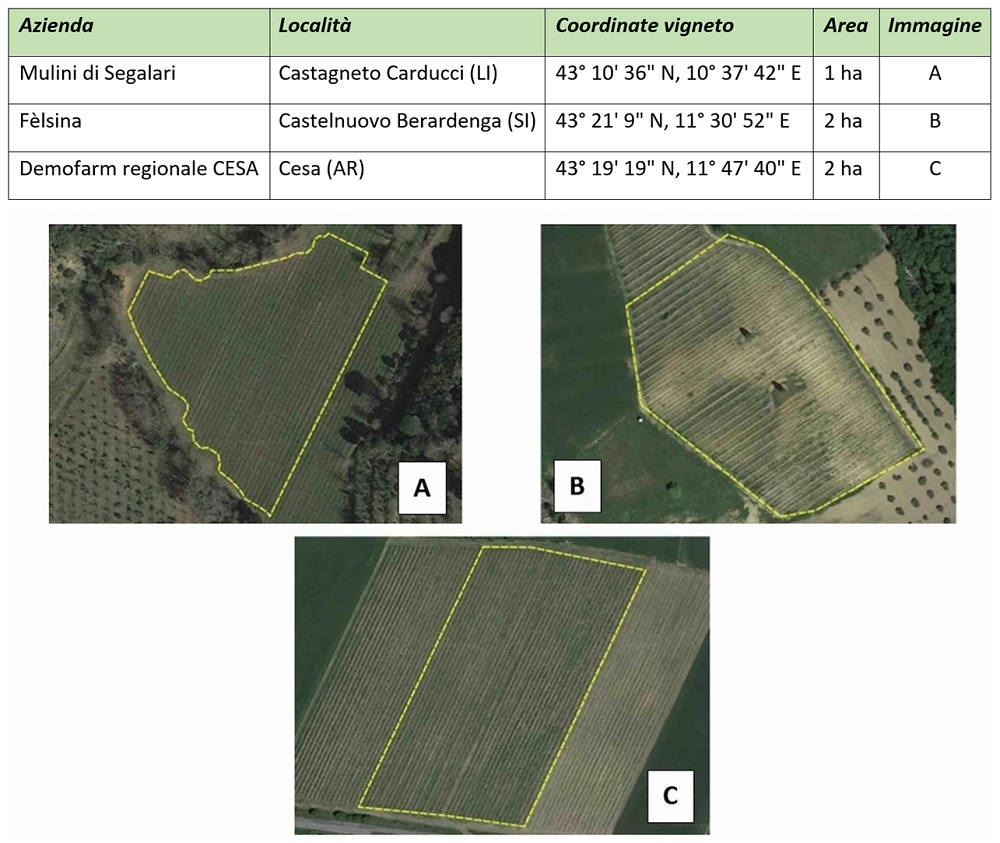
Fig.2: Test vineyards with their extent and location.
During the implementation of the project, different technologies and methodologies were adopted to conduct the app validation analyses.
Specifically, the surveys were carried out at three different phenological stages.
Agrobit monitored ten sample plants for each study area using the iAgro app. Thanks to the app, it was possible to generate
Vineyard vigor maps.
, through the calculation of vegetation indicators such as the
LAI (Leaf Area Index)
, as well as of the
canopy biometric parameters, including canopy height, thickness and volume
(Fig. 3).
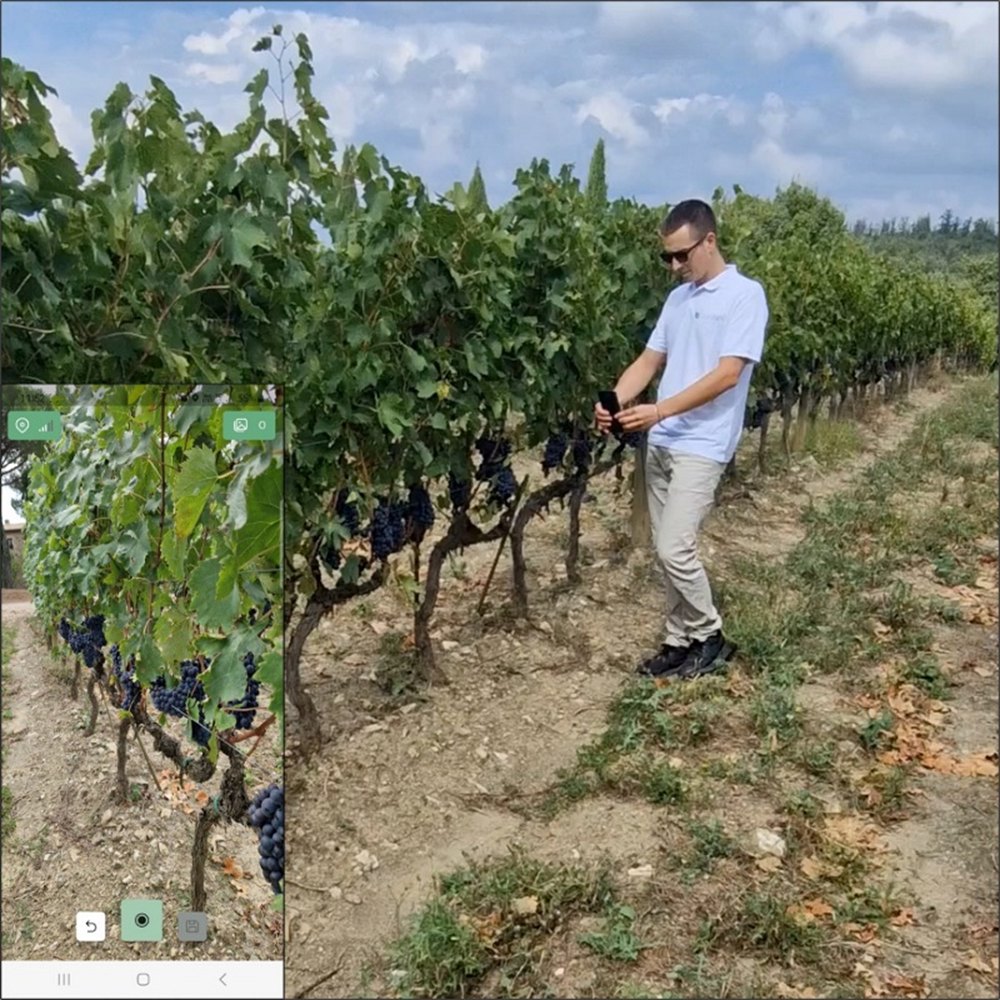
Fig.3: Survey with iAgro app on Sangiovese vineyard row.
To evaluate the effectiveness of the app and validate it, the results obtained were correlated with data obtained from CNR-IBE and the University of Florence (DAGRI):
–
The CNR-IBE employed a
drone with a multispectral and RGB/LiDAR sensor
to generate vigor maps using vegetation indicators (NDVI) and estimate biometric parameters of leaf development such as height, thickness and volume of canopies from the generated 3D point clouds;
– The University of Florence (DAGRI)
has used
a multispectral proximal sensor (OptRx) mounted on quad.
, for the assessment of vigor through vegetation indicators (NDVI, NDRE)
and a LiDAR sensor
to assess biometric parameters of leaf development, including height, thickness and volume of canopies. A D-GNSS receiver was used for precise geolocation of the sensed data.
For each of the methodologies (smartphone, drone, quad), vigor maps and biometric maps were created in three classes reflecting the characteristics of plants in the test area. The results showed good correlations between vigor and biometric parameters obtained from the three methods used, suggesting the reliability of the app in estimating these parameters.
Finally, using data from smartphones, prescription maps were developed to optimize phytosanitary treatments, with zoning in two/three classes to perform variable rate treatments (VRT) (Fig. 4).
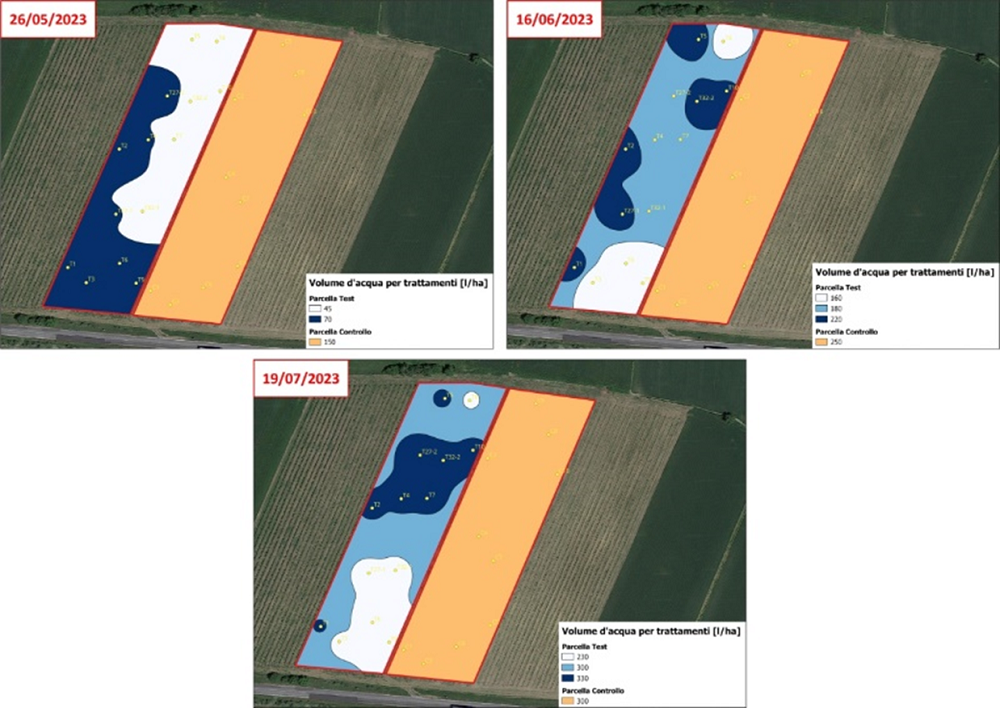
Fig.4: Prescription map generated by the iAgro app in the three phenological phases in the two zones with respective values of variable rate application (in shades of blue) and fixed rate application (in orange) in the control plot.
Effectiveness of variable rate treatments (VRTs).
The iAgro app makes it possible to obtain prescription maps for plant protection treatments that can be entered directly on VRT machinery. During the project, to verify the cost-effectiveness and environmental and economic impact produced by the use of the app, tests were conducted to evaluate the differences between traditional farm treatments (fixed volume) and those recommended by the iAgro app (variable rate).
The tests were carried out by the application of water-sensitive maps and a tracer product, following the internationally standardized procedure (ISO 22522).
Specifically, the tests included:
1. The quantitative evaluation
of liquid distributed
at different phenological and developmental stages;
2.
The evaluation
quantitative assessment of deposition
by the use of a tracer during spraying, followed by leaf sampling and surface area/deposit verification.
Conclusions
The first year of experimentation of the iVine project, has shown promising results, representing a significant step toward optimizing vineyard management, particularly in reducing pesticide use and environmental impact.
The advantage of using the app is that it provides low-cost temporal monitoring of plant biometrics, having detailed maps that allow you to Make informed decisions about the vineyard based on digital, objective, time-honored data.
In light of the successes in the first year, the next year of experimentation will focus on applying the same protocols while waiting for the final results. Continued collaboration among all project partners will ensure an integrated and multidisciplinary approach, thus helping to promote environmental and economic sustainability in the wine sector.
To consult the project website:
https://ivine.ciatoscana.eu/

